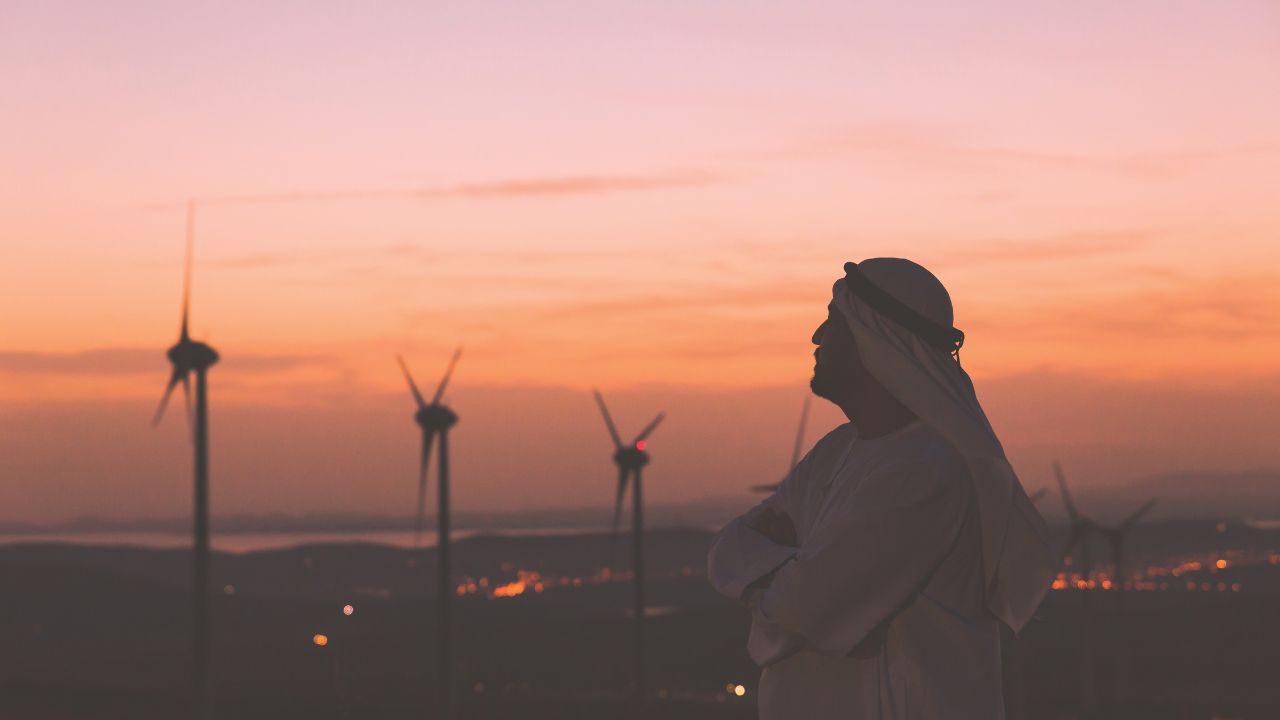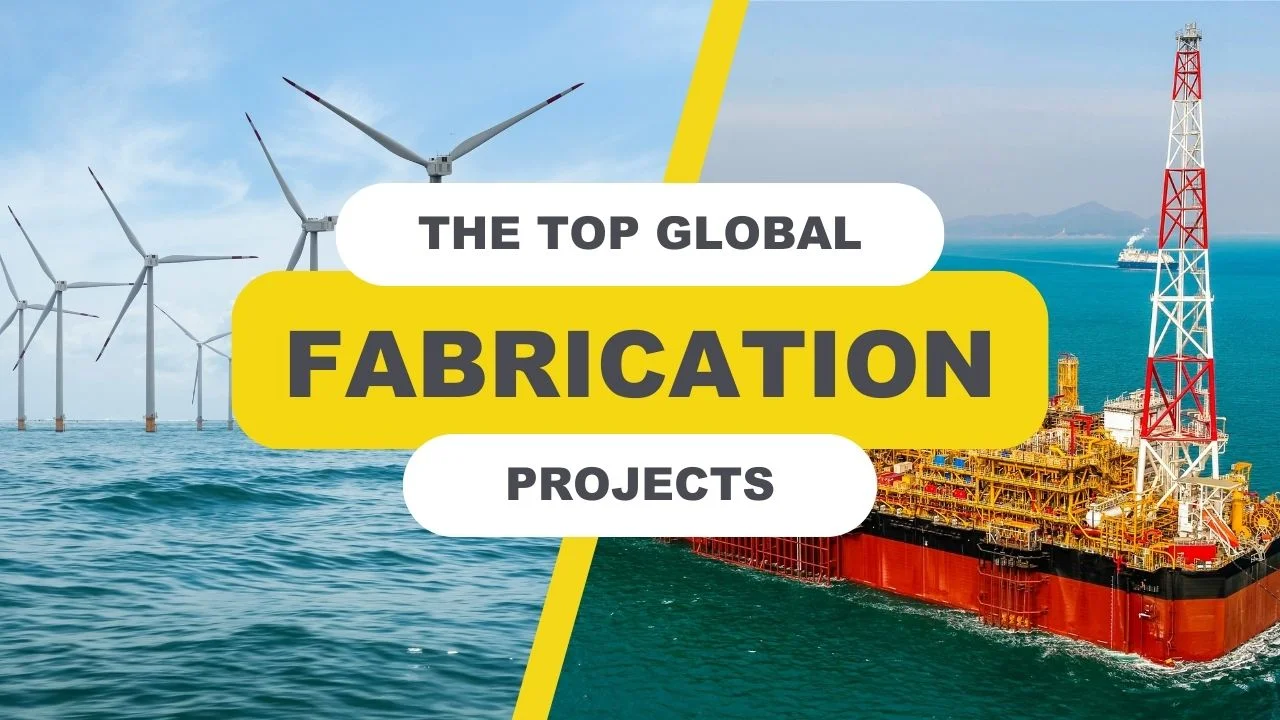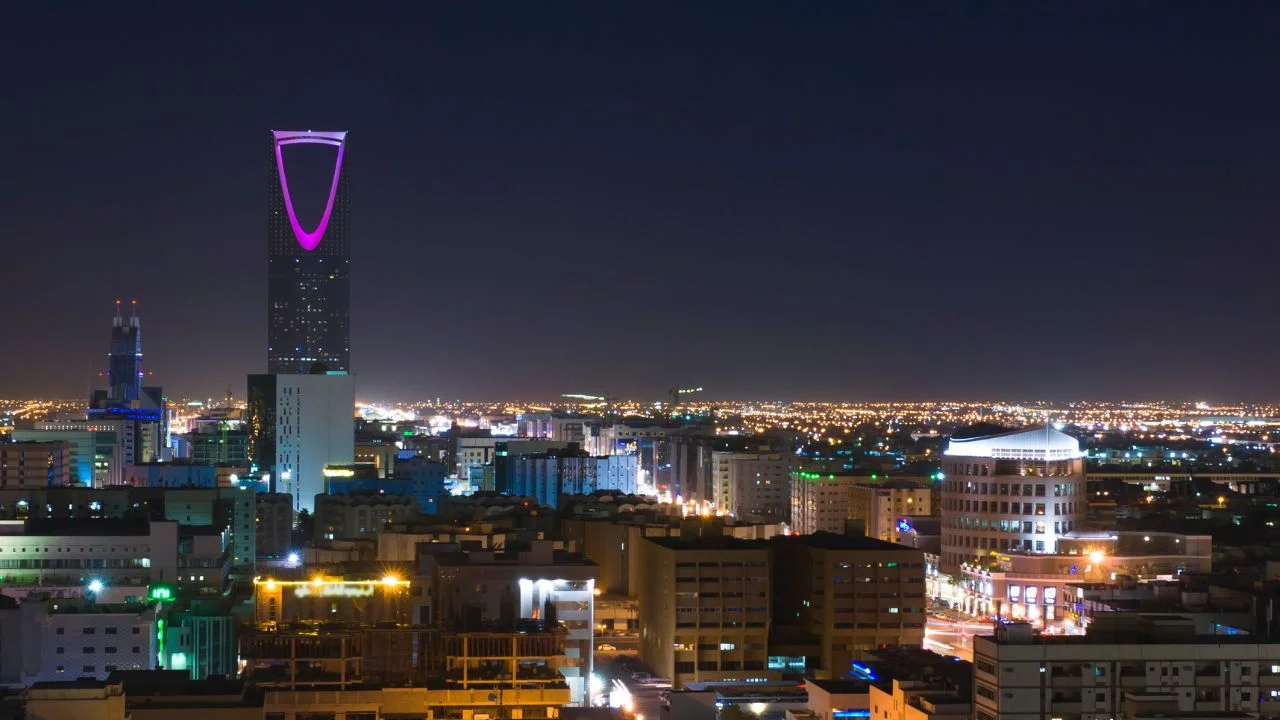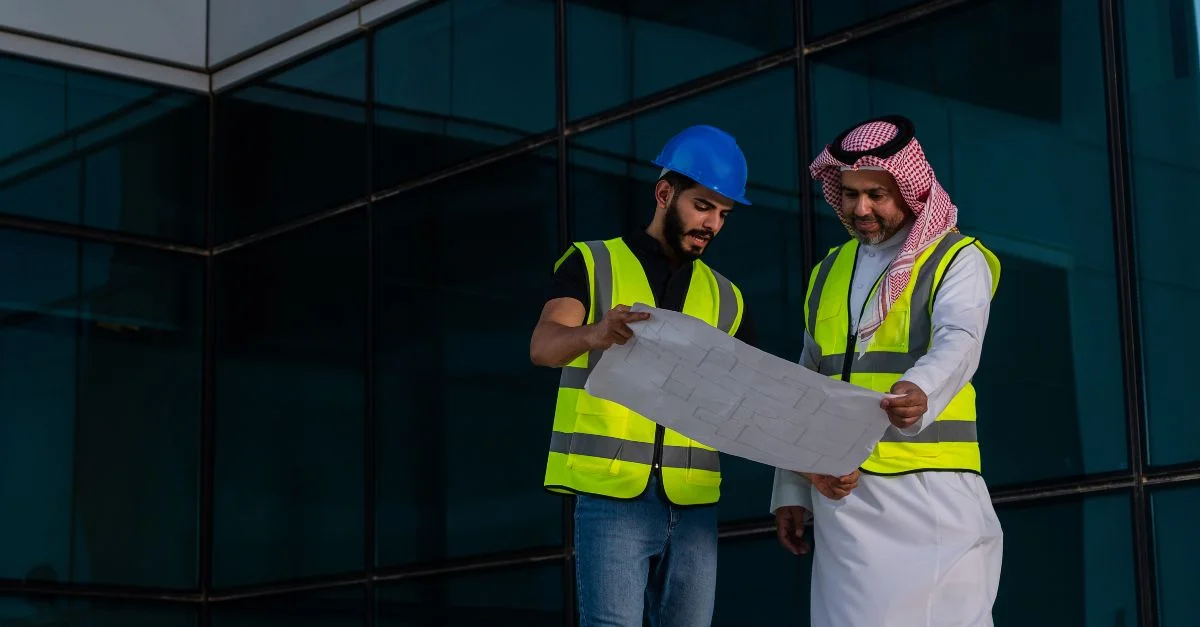Future Trends in the Wind Energy Industry in the Middle East
09 May, 20258:55The Middle East, long synonymous with oil and gas, is undergoing an energy transformation. A...

The Middle East, long synonymous with oil and gas, is undergoing an energy transformation. As global pressure to reduce carbon emissions intensifies, the region is embracing wind energy as a key part of its renewable energy strategy. With vast open landscapes, strong policy support and increasing cost competitiveness, wind power is set to play a crucial role in the Middle East’s transition towards sustainability.
This blog explores the latest trends shaping the wind energy sector in the region, including ambitious renewable energy targets, flagship projects, technological advancements and the challenges that must be overcome to unlock its full potential.
1. Renewable energy targets and policies
Diversification
The Middle East is rapidly diversifying its energy mix, with countries like Saudi Arabia, the UAE and Oman leading the way. These nations are setting ambitious renewable energy targets to reduce reliance on fossil fuels and meet climate commitments:
- Saudi Arabia’s Vision 2030 plan aims for 50% renewable energy by 2030 under its Green Initiative, with wind playing a crucial role alongside solar. The National Renewable Energy Program (NREP) is driving large-scale wind and solar projects to position the Kingdom as a green energy leader.
- The UAE targets 44% alternative energy by 2050, with wind energy complementing its world-leading solar capacity. Abu Dhabi’s first utility-scale wind farm, Al Dhafra (103.5 MW), is a key milestone.
- Oman’s Vision 2040 prioritises wind energy for green hydrogen production, with projects like the 50 MW Dhofar wind farm paving the way for larger developments.
Supportive regulation and other incentives
The construction of wind farms in much of the developed West, such as the United States and Europe, requires government permits, which can take many years to finalise, not least because projects frequently face opposition from local communities.
However, it is much easier and quicker for projects in the Middle East to get the green light. This means that Middle Eastern governments can fast-track approvals, enabling rapid deployment.
Additionally, competitive auctions and public-private partnerships (PPPs) are attracting global investors, accelerating the sector’s growth.
The net result is a business and regulatory environment in the Middle East that is very welcoming to new wind energy projects, which provides an attractive opportunity for investors.
Green hydrogen
The region is also investing in green hydrogen, using wind power to produce clean fuel for export and domestic use – a strategy that could redefine the Middle East’s role in the global energy market:
- The UAE’s National Hydrogen Strategy aims to produce 1.4 million tons per annum (mtpa) by 2031 (consisting of 1 mtpa of green hydrogen and 0.4 mtpa of blue hydrogen), 7.5 mtpa by 2040 and 15 mtpa by 2050.
- Saudi Arabia has hydrogen production targets of 2.9 mtpa by 2030 and 4 mtpa by 2035.

2. Key countries and major wind projects
While solar energy dominates the Middle East’s renewable energy sector, wind power is gaining momentum in countries with favourable wind conditions. Some of the most promising projects are detailed below:
Saudi Arabia: leading the charge
The largest wind farm in the Middle East is at Dumat Al Jandal (400 MW) and it displaces around 1 million tons of CO₂ annually.
Future projects under the NREP could add several gigawatts of wind capacity, with Chinese and European manufacturers eyeing local production to meet demand.
“The [Middle East and Africa] region is a key target for Chinese investment and wind equipment imports, through the Belt and Road Initiative. Major turbine manufacturers, including Envision, have formed plans to set up a local manufacturing base in Saudi Arabia to cater to a growing pipeline of gigawatt-scale projects, with other players likely to follow.” (source: Wood Mackenzie, 2024)
UAE: expanding beyond solar
Abu Dhabi’s Al Dhafra Wind Program (103.5 MW) marks the UAE’s first wind farm, complementing its massive solar investments. The farm is expected to power over 23,000 homes and displace 120,000 tons of CO2 per year.
Hybrid projects (wind, solar and storage) are also emerging as a cost-effective solution for the UAE’s energy diversification.
Oman: a green hydrogen hub
The wind farm in Dhofar (50 MW) supports Oman’s green hydrogen ambitions, with other plans for larger developments in the pipeline as part of Oman Vision 2040. The country aims to produce at least 1 mtpa of renewable hydrogen by 2030, 3.75 mtpa by 2040 and 8.5 mtpa by 2050.
Partnerships with several multinationals are positioning Oman as a key player in low-carbon fuels.
“Oman is an oil and gas producer country that is taking an enlightened approach to its energy future, with a clear long-term vision and strong net zero ambitions. Thanks to its huge potential for low-cost solar and wind, renewable hydrogen is set to bring multiple benefits to Oman.” (source: International Energy Agency, 2023)
Egypt: a regional wind powerhouse
The 1.1 GW Gulf of Suez wind farm, part of the country’s goal to reach 42% renewables by 2035, is an example Egypt’s leadership in wind energy. Egypt’s strategic location and interconnection potential make it a hub for cross-border energy trade.

3. Technological and economic advancements
Larger, more efficient turbines and farms
The Middle East is adopting larger, more efficient turbines suited for low-wind conditions, enhancing project viability. For example, Siemens Gamesa has been contracted to build and run a 500MW wind farm in the Gulf of Suez.
With a long history of developing wind farms in the Middle East, Vestas is now offering 6MW turbines, reducing costs and increasing output.
“Advancements in turbine technology and declining costs are driving competitiveness [in the Middle East and Africa], although grid bottlenecks and policy uncertainty pose risks to onshore wind’s success. Egypt and South Africa together will add over 40 GW.” (source: Wood Mackenzie, 2024)
Hybrid projects and falling costs
Falling costs of wind energy (now competitive with fossil fuels) and hybrid projects are driving growth.
“The increasing cost competitiveness of renewable energy technologies is particularly evident in the largescale, grid-connected market segment. The declining cost of utility-scale projects can be attributed to enhanced technologies, availability of low-cost financing, competitive procurement processes, increased deployment rates, and stakeholders’ deeper understanding and familiarity with technologies.” (source: International Renewable Energy Agency, 2023)
Regional collaboration and investment
Regional collaboration, such as the GCC interconnection grid, enables cross-border renewable energy trade. Plus, partnerships with global firms (e.g. Siemens Gamesa, Vestas, ACWA Power) are accelerating the deployment of wind technology.

4. Challenges and constraints
Despite rapid growth, the Middle East’s wind sector faces several hurdles:
- Grid infrastructure: Many countries lack sufficient transmission networks to handle large-scale wind integration. This needs to be addressed if wind energy is going to be exploited to its full potential.
- Policy uncertainty: Shifting ambitions and regulations could impact investor confidence.
- Supply chain gaps: Local manufacturing and skilled labour shortages may slow progress.
5. Conclusion: a wind-powered future
The Middle East’s wind energy sector is poised for significant expansion, supported by strong policy frameworks, declining technology costs and a strategic shift towards sustainable energy independence. While challenges remain, the region’s ability to fast-track projects and exploit as-yet untapped potential for wind energy positions it as a future leader in renewable energy.
As global demand for clean energy rises, the Middle East’s wind revolution could redefine its economic and environmental legacy – moving from an oil-dependent past to a sustainable, diversified energy future.
6. Final thoughts
- Watch Saudi Arabia and Egypt in particular for the development of the largest wind projects.
- Green hydrogen has the potential to be important for Oman and the UAE.
- Grid upgrades and policy stability are essential for sustained growth.
NES Fircroft is in an ideal position to help employers recruit new engineering and technical professionals for roles in the wind energy industry in the Middle East – please send us an enquiry to discover how we can help you. Similarly, if you’re looking for a role in this sector, please check out our job search or register on our candidate portal.









